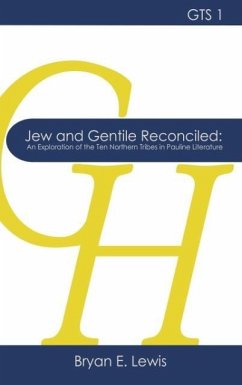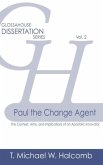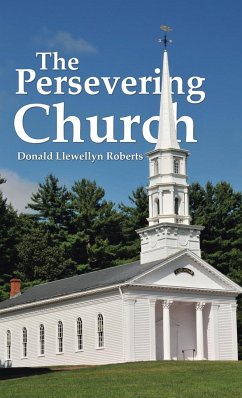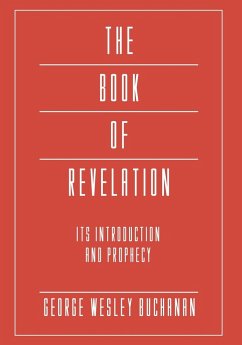This study explores Paul's use of Hos 1:9-10 and 2:23 in Rom 9:24-26. It contends that there is a narrative substructure beneath the text informing the apostle's theological reflection. This storyline provides the base and framework for understanding his argument. It also reveals that he used Israel's Scriptures in harmony with their original intent. It also shows that Paul likely knew the northern ten tribes of Israel were not completely destroyed by the Assyrians (8th century BCE). Thus, they were not "lost to time," but instead acculturated with non-Israelites. This affected their identity and, in time, they became "not my people," or Gentiles. The apostle's call to the Gentiles, then, is directly connected to Israel's hope for an end to exile. This not only evokes the promise of Israel's freedom and restoration, but also Jew-Gentile reconciliation, which Paul proclaimed during his first-century mission. The goal of the GlossaHouse Thesis Series is to facilitate the creation and publication of innovative, affordable, and accessible scholarly resources, whether print or digital, that advance research in the areas of both ancient and modern texts and languages.
Hinweis: Dieser Artikel kann nur an eine deutsche Lieferadresse ausgeliefert werden.
Hinweis: Dieser Artikel kann nur an eine deutsche Lieferadresse ausgeliefert werden.








